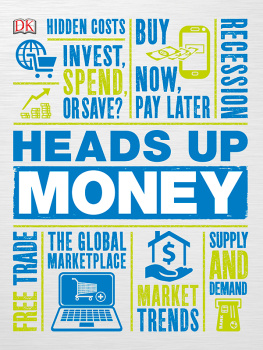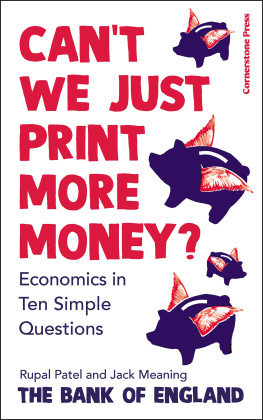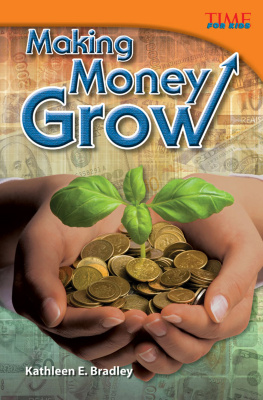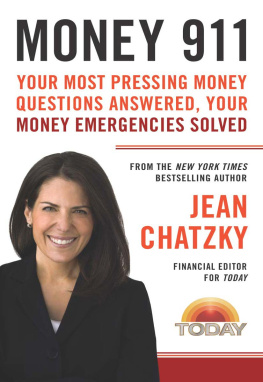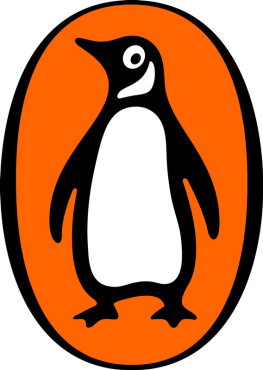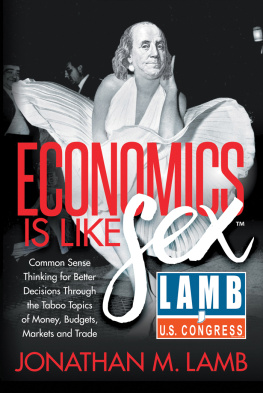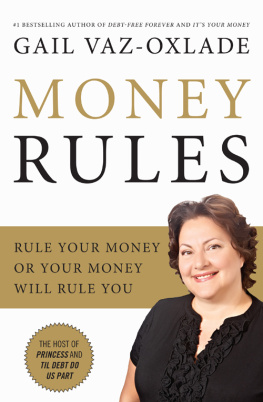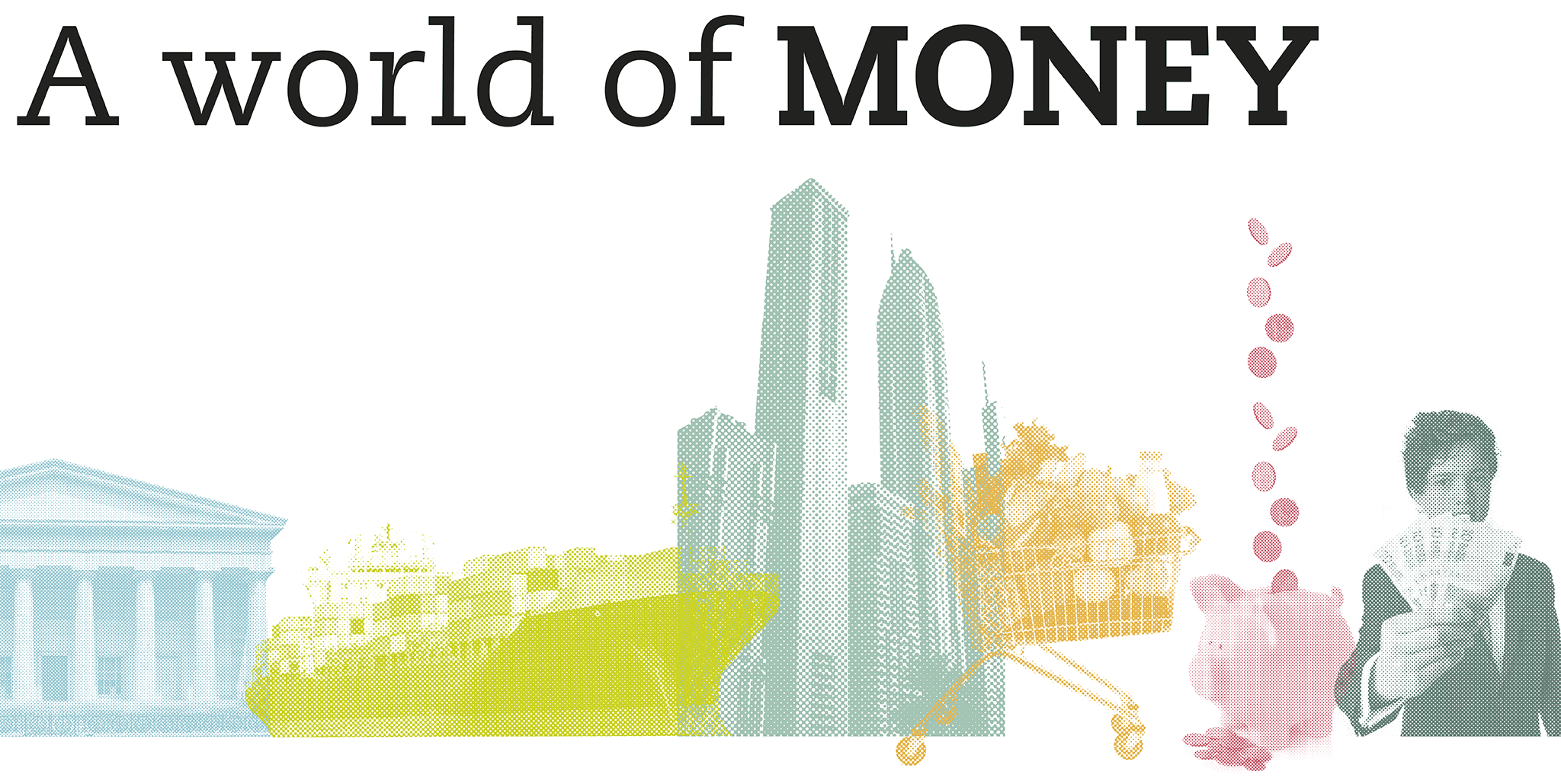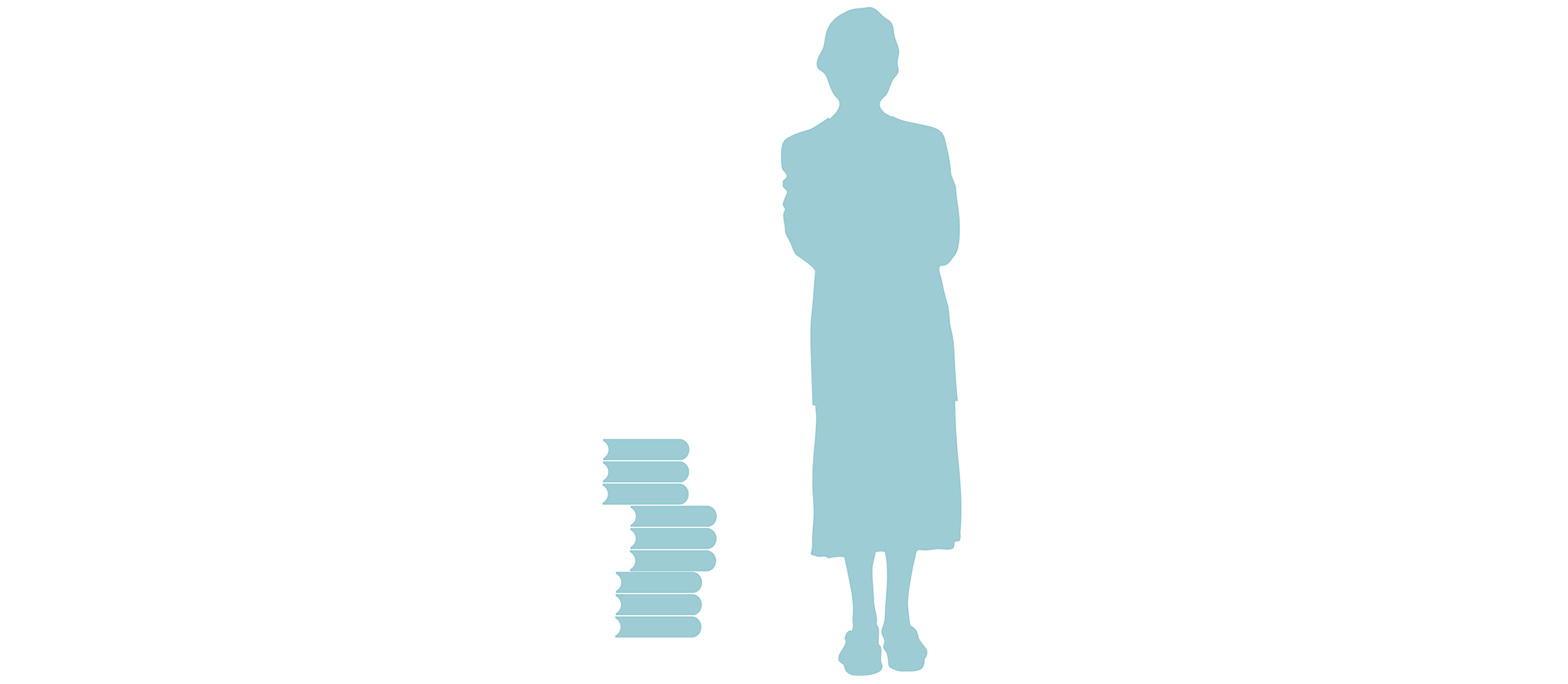How to use this eBook
Preferred application settings
For the best reading experience, the following application settings are recommended:
- Colour theme: White background
- Font size: At the smallest point size
- Orientation: Landscape(for screen sizes over 9/23cm), Portrait(for screen sizes under 9/23cm)
- Scrolling view: [OFF]
- Text alignment: Auto-justification [OFF](if the eBook reader has this feature)
- Auto-hyphenation: [OFF](if the eBook reader has this feature)
- Font style: Publisher default setting [ON](if the eBook reader has this feature)
- Images: Double tapon the images to see them in full screen
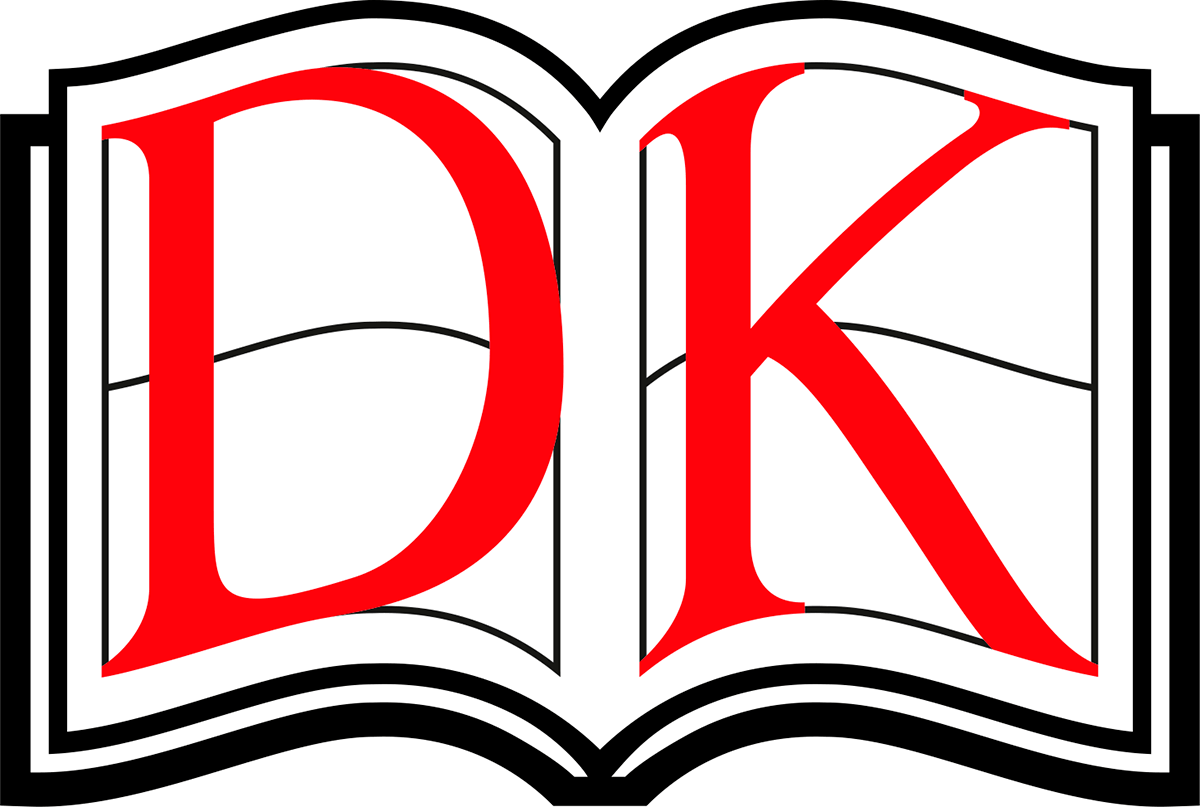
Senior Editor Scarlett OHara
Senior Designer Sheila Collins
Project Editor Ruth ORourke
US Editor Margaret Parrish
Designers Mik Gates, Dave Ball
Illustration Sheila Collins, Mik Gates, SimonMumford
Managing Editor Francesca Baines
Managing Art Editor Phil Letsu
Publisher Andrew Macintyre
Publishing Director Jonathan Metcalf
Associate Publishing Director Liz Wheeler
Art Director Karen Self
Pre-Production Producer Gillian Reid
Senior Producer Vivienne Yong, Gary Batchelor
Jacket Editor Claire Gell
Jacket Designer Mark Cavanagh
DK Digital Publishing Team
Senior Digital Producer Miguel Cunha
Senior Editor Scarlett O'Hara
Head of Digital Operations, Delhi Manjari Hooda
Senior Manager Digital Operations Lakshmi Rao
Assistant Producer Suruchi Kakkar
Software Engineer Rachana Ravindran
AV Media Manager Nain Rawat
Ops Coordinator Tauhid Nasir
First American Edition, 2016
Published in the United States by DK Publishing,
345 Hudson Street, New York, New York 10014
Copyright 2016 Dorling Kindersley Limited
DK, a Division of Penguin Random House LLC
All rights reserved.
Without limiting the rights under the copyright reserved above, no part of thispublication may be reproduced, stored in a retrieval system, or transmitted in anyform or by any means (electronic, mechanical, photocopying, recording, orotherwise), without the prior written permission of the copyright owner. Publishedin Great Britain by Dorling Kindersley Limited.
ISBN 9781465456267
This digital edition published 2017
ISBN 9781465465849
DK books are available at special discounts when purchased in bulk for salespromotions, premiums, fund-raising, or educational use. For details, contact: DKPublishing Special Markets, 345 Hudson Street, New York, New York 10014
SpecialSales@dk.com
A WORLD OF IDEAS:
SEE ALL THERE IS TO KNOW
www.dk.com
It has been said that money makes the world go round andit seems that we really cant live without it. We all need money, and yet few ofus really understand what money is and why it matters so much. Why does paper currency,a coin, or a piece of plastic enable us to buy the things we want? How does economicsaffect businesses and jobs? How does economics affect our environment, our society, andthe world? and what choices do we need to consider to have the life we want and tosecure our future?
Without money, we would have no choice but to barter and exchange things every day.How time-consuming and inefficient would this be? The invention of money as a means ofexchange makes the economy function quickly and efficiently and enables us to conductbusiness on a global scale. Sterling was first introduced as currency in England in thereign of King Offa of Mercia (757796 AD), with 240 silver pennies equaling onepound weight of silver, hence the pound sterling name. The United States adopted thedollar as the unit of currency in 1785, with a value of 270 grains of gold or 416 grainsof silver. Once paper currencies became universally acceptable, gold and silver backingfor a currency was ended and paper (or fiat) money became thenorm.
Our economy today relies on fiat money, supplemented withadditional forms of payment, such as credit cards, debit cards, prepaid cards, and,contactless payments via mobile phones.
Money also acts as a measure of value, a store of value (in the form of savings), andit can be used to transfer value between individuals. Money now no longer justfacilitates tradeit has become a major world trading item in its own right forspeculative reasons. The exchange of money through the worlds money markets nowexceeds $5 trillion every day. Less than 1% of this is associated withreal trade; the other 99% is trade in money itself! Economics affects our livesin many ways, underpinning the industries we work for and the way our governmentoperates, filtering through to the money in our wallets and how we spend it.
Economics examines the different ways that governments, businesses, andindividuals manage resources and provide goods and services. Some people who havestudied economics work as economists, for example, as economic advisers to governmentsor businesses, or they work in a university economics department. Many more use theirknowledge of economics more indirectly in other careers, in both the public and privatesectors.
ACADEMIC ECONOMISTS
Teaching economics
Economics is taught in most schools and universities, and is a popular choiceof subject for students looking forward to a career in business, finance, orgovernment.
Research economist
Many economics students continue their studies at university, and some ofthese go on to become academic economists, teaching and researching economictheory.
Macroeconomics
There are two main fields of economic study: macroeconomics andmicroeconomics. In macroeconomics the economies of countries and theirgovernments are studied.
and microeconomics
Microeconomics looks at specific aspects of the economy and examines theeconomic behavior of individuals and businesses buying and selling goods andservices.
Applied economics
Students of economics often study subjects connected to economic ideas, suchas business studies, politics, law, and sociology, but also subjects such asphilosophy.

